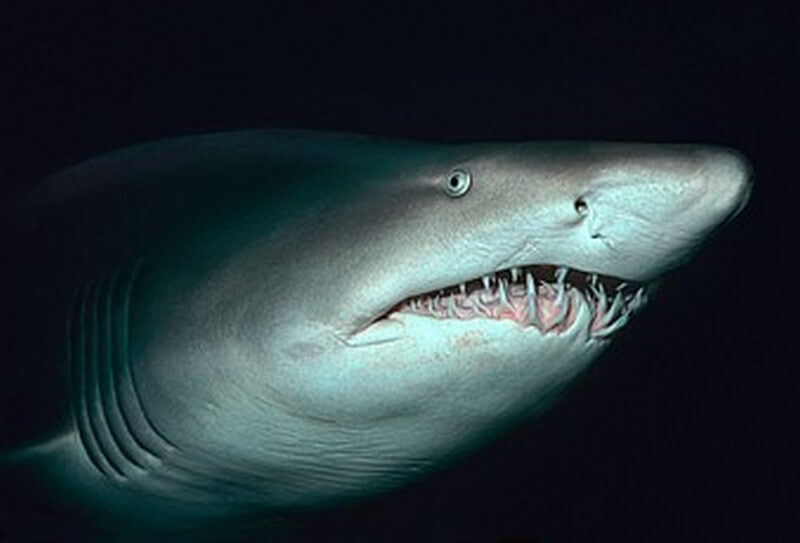Let’s Talk About It…The Spotted Ragged Tooth
Spotted Ragged Tooth Shark, the name alone creates a vision of some scary teeth, while Grey Nurse Shark, seems to send thoughts completely in the opposite direction, and Sand Tiger Shark, is kind of just in the middle there, and yet, all of these names belong to one shark! One shark that is found from Australia to the US and False Bay to Durban!

The Spotted Ragged Tooth enjoys the temperate to tropical coastal waters of the Atlantic, Indian and Pacific Oceans. In South Africa, they really love the Eastern and Southern coasts.
These beautiful sharks, grow to approximately 3.3 meters in length, with a rather wide girth and small dorsal fin, it’s pretty easy to distinguish. Besides, it has spots! The shark is a beautiful beige, almost golden colour with darker brown spots along its torso, and as with other sharks, it boasts a white or paler under-belly.
Spotted Ragged Tooth Sharks are ovoviviparous.
Being ovoviviparous, which means the embryo hatches from the egg inside the uterus, where it feeds off its own yolk sac until it is born the females will birth two pups after a 9 to 12 month gestation period, and most often, only every two years.
Spotted Ragged Tooth’s reach sexual maturity around 5 years of age or 2.2 meters and live to about 30 years, if not fished or killed! Mating is a vicious state of affairs, and often times you will see severely scarred female of the species, as the males have to “take hole” and the only way they are able to do that, is with those scary ragged teeth of theirs! So In November/December they get together to mate on reefs in northern Eastern Cape and southern KwaZulu-Natal waters. The pregnant females then travel north as far as southern Mozambique to gestate in warmer waters. Then once the gestation period of 9 to 12 months is over, they return to the Eastern Cape (south of the Kei River) to give birth.

The teeth are arranged in rows, from back to front, and continually push forward, a little like a conveyer belt, pushing out the blunter of the teeth, while newer, sharper and stronger teeth are produced, keeping the Spotted Ragged Tooth in ample supply of sharp teeth. These sharks lose thousands of teeth in their lifetime! So when you see a “shark tooth” necklace, it is more than likely a Ragger’s, and no, there is not some brave or stupid dentist who pulls them out.
Threatened Status.
The Spotted Ragged Tooth’s conservation status is threatened, from Australia to the US and in South Africa, and this is due to its slow sexual maturity and once every two year birth of possibly two pups. They have inshore habits, which make them vulnerable to the threat of humans, fishing them for sport. So much so, that in 1984 the Spotted Ragged Tooth, or Grey Nurse Shark, as known by the Australians, was named the world’s first ever protected shark species in Australia!
Come to False Bay and book an amazing shark diving experience with us! You won’t regret it!

By Nadine Bentley





